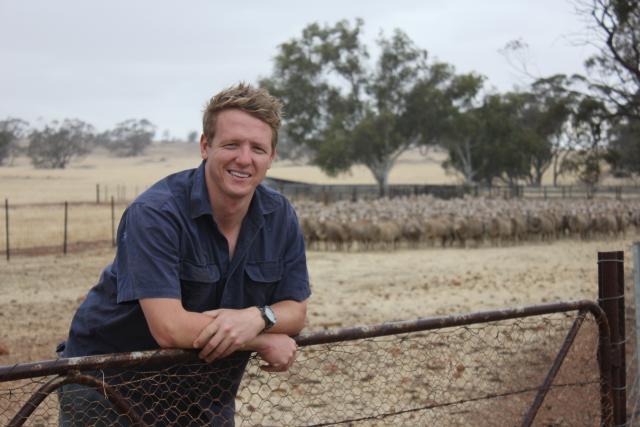KEEPING track of margins and controlling input costs will be vital for Australian farmers preparing to plant winter crops, according to Rabobank analysts.
Rabobank senior commodity analyst Cheryl Kalisch Gordon said, while higher commodity prices benefitted Australian farmers, grain growers would need to focus on margin control for the 2022/23 season due to record input prices.
“Australian growers will need to keep doing the sums to make sure they are pricing according to an outlook which is for input higher prices, but for grain prices to potentially soften,” Dr Kalisch-Gordon said.
“Our analysis shows the ‘returns to key production inputs’ or ratio remain positive but have fallen, even though our output prices have also increased.
“Returns to urea application in wheat production for example have fallen nearly 10:1 in 2019 to 2.5:1 at current prices.”
Dr Kalisch-Gordon added the greater per hectare costs of production also increases business risk for the season ahead.
“This is top of mind for most farmers and they are approaching input management from a range of different angles,” she said.
“Farmers are also considering their crop choices and about planting less fertiliser-hungry crops as well as thinking about which nutrients they can stand to reduce in their program.”
Dr Kalisch-Gordon said in doing so it was critical for farmers to ensure pricing assumptions for both input and outputs would reflect how much the markets will move over the years and the potential to be caught buying and selling on different markets in terms of timing.
She added that even before the invasion of the Ukraine, Australian grain growers were aware the outlook was for firm pricing of inputs and well-above average pricing over the coming year.
Senior agriculture analyst Wes Lefroy said it was unlikely for urea prices to fall considerably for the winter crop applications and recommended farmers should budget for prices to be at current global levels if not higher for the second quarter of this year.
“While the impact of the Russia-Ukraine conflict has predominantly led to another rise in input prices, the supply of key agricultural inputs needs to also be at the forefront of grain growers’ minds,” Mr Lefroy said.
He added Russia supplied 14 per cent of global urea exports and 21 per cent of potash exports.
However, now with them largely out of the picture from a global supply standpoint, Mr Lefroy said global supply is much tighter than usual.
“These high urea prices and elevated supply risks may impact plans for the initial application for the winter crop and possibly even make top-up applications challenging in this pricing environment,” he said.
“Procurement times are still long so it may take up to three months for prices to actually flow through.”









